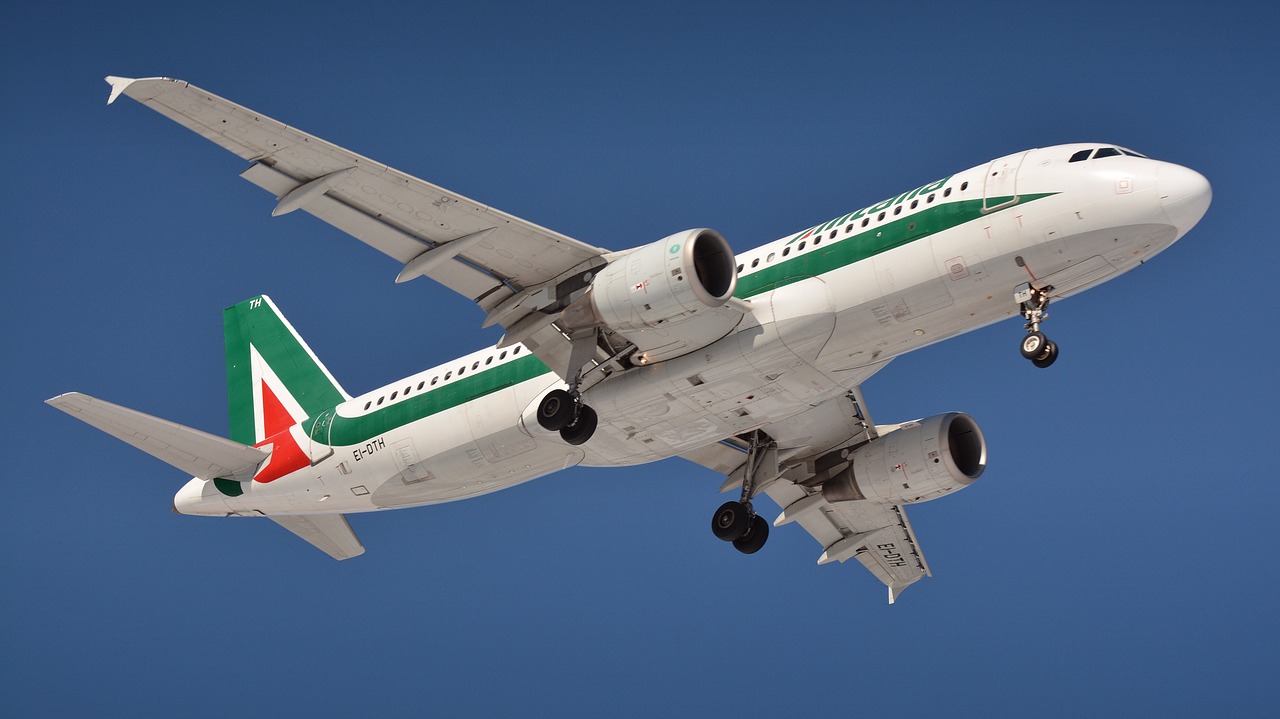What is wrong with Alitalia-Ita

The challenges of air transport in Italy, the future of Alitalia-Ita, the role of low cost. Marco Foti's speech
The logic of the airport system in Italy has been a failure, starting with the National Airport Plan, implemented without any programmatic and strategic vision on the whole territory.
The minor airports, the so-called secondary airports, constitute an essential support to the entire airport system in order to resolve the critical issues of congestion of the large international hubs (in our case Fiumicino and Malpensa). Through them it is possible to sort the traffic due to Low Cost flights so that they cannot converge on large airports.
The development of these airports in the rest of Europe has played a strategic role in local and national growth by generating new economic activities, giving new impetus to existing ones and creating new jobs. This is a feature that has been totally ignored in Italy. If we add the lack of integration between secondary airports and their hinterland or basin, due to the absence or scarcity of connecting infrastructures, these airports are transformed into cathedrals in the desert.
This is what happened in Italy. The objective of a national airport system was not achieved due to a lack of long-term planning, in which the airport was not considered an economic node, the fulcrum of territorial cohesion.
In this context, the Low Cost airlines are placed with very flexible and efficient organizations and a cost structure very different from traditional flight companies. The reduction of costs is essentially referred to three areas of intervention. First of all, the sale of tickets takes place directly through its corporate website and / or through the various solutions of the web market. The airplanes are completely filled and the uptime is maximum, they have very fast boarding times and are modern, with a reduced maintenance activity. And last but not least, the logistics.
In practice, Low Cost companies use decentralized (secondary) airports, which are smaller, more economical and less congested with traffic. But this, due to the Alitalia / ITA crisis, is not valid on the national territory. The carriers operating along Italy have occupied, and will do so more and more in the coming months, the slots left free by Alitalia , inevitably entailing a ten-fold increase in ticket costs. And this applies to all companies operating from North to South and vice versa.
It must be said that 2019, the reference year for traffic in Italy (and beyond), was characterized by an internal passenger volume of about 64 million, compared to an international traffic of 128 million passengers. This means that the Italian market is significantly attractive for all carriers, traditional and low cost.
Air France-KLM announced these days the capital increase of 1,036 million euros, part of the 4 billion euros recapitalization plan that saw the French state double its capital stake to 30%. Lufthansa, in the same way, announced a capital increase of 2.14 billion euros, in addition to the capital increase of up to 5.5 billion euros already requested in May, to repay part of the German government's bailout with the transfer. of approximately 9 billion euros.
In Italy, on the other hand, there was the bankruptcy of the national airline and the birth of the new AZ, under the name of ITA, reduced to a minimum, whose birth is already a failure before the activation of the flights scheduled for October 15 .
The ITA Industrial Plan, as can be learned from the press, at the start of the activities foresees a fleet of 52 aircraft to increase, at the end of 2025, into 105 aircraft, of which 81 are new generation (the methods of purchase are another topic of strong discussion as they develop a spending commitment for the company of over 9 billion dollars). So in 2025 the size of ITA will be that of a small company which, consequently, will not be able to compete with the traditional companies of Air France-KLM (which owns a fleet of almost 600 aircraft), Lufthansa (with about 220 aircraft), British Airways (260 aircraft). To this we must consider the serious crisis that is occurring in industrial relations due to a proposal for new staff hiring with parameters lower than those envisaged in the National Collective Agreement, not considered.
The result of the poor national strategic vision is there for all to see. In the last 10 years, the major European players have increased flights to the hubs of London, Paris, Frankfurt and Munich from many Italian airports, applying discounted rates, because profitable intercontinental flights and Low Cost carriers depart from those European hubs. the costs for internal Italian routes have increased tenfold. From 15 October the overall picture on the national territory will be decidedly pejorative. Alitalia / ITA is a national strategic asset and there is no doubt to operate a relaunch strategy for our national airline.
This is a machine translation from Italian language of a post published on Start Magazine at the URL https://www.startmag.it/smartcity/trasporto-aereo-fallimento-politiche-alitalia/ on Sun, 26 Sep 2021 05:47:18 +0000.
